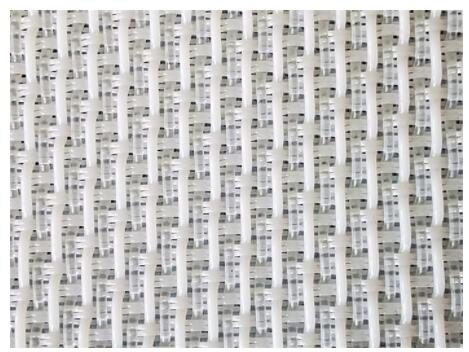Something you need to know about PMC

Functions
The bottom surface of the formed web contributes to the characteristics of the conveyor belt. Most life-reducing wear occurs on the underside of the fabric as it comes in contact with wear-generating elements such as rolls, foils and flat box covers. Machines with high resistance loads require heavy fabrics to withstand the tensile forces and wear on forming plates, foils, vacuum equipment and rolls. Resistance, fabric wear and lifetime are all related. Mechanically, forming fabrics must have:
* Good abrasion resistance
* Good guiding and driving ability
* Resistance to stretching, narrowing, skewing, wrinkling, puckering and creasing
* Resistant to high pressure cleaning sprays
* Ability to clean and knock off sheets
Formed fabrics are woven on textile-type looms using polyester and polyamide yarns. Typical yarn diameters of the forming fabrics are 0.11 to 0.50 mm. Formed fabrics can be woven flat and joined (seamed) to make endless fabrics for paper machines or endless weaving. Most of the fabrics available today are plain woven and seamed.
For plain woven fabrics, the warp direction on the loom becomes the machine direction (MD) on the paper machine and the weft direction on the loom becomes the machine transverse (CD) on the paper machine. For endless woven fabrics, the warp direction on the loom becomes CD on the paper machine and the weft direction becomes MD. CD yarns are usually abrasion-resistant yarns, while MD yarns are load-bearing yarns on the paper machine. MD uses high modulus yarns to reduce fabric stretch on the paper machine.

评论
发表评论